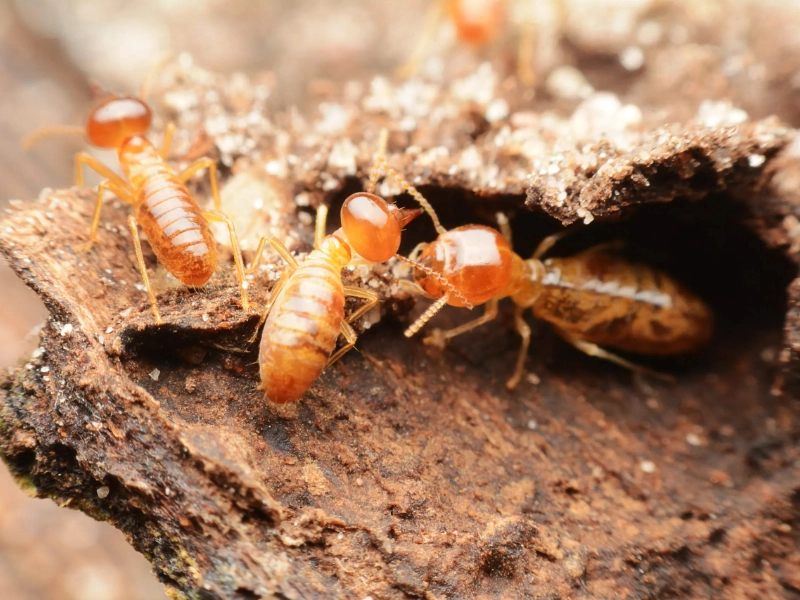11. Indicators of Forest Health and Ecological Balance

In tropical ecosystems, termites serve as valuable bioindicators of forest health and ecological balance. The presence, diversity, and activity levels of termite colonies provide insights into various aspects of forest conditions, such as soil quality, nutrient cycling efficiency, and overall ecosystem functionality. Changes in termite populations or behavior can signal broader environmental changes or disturbances, acting as early warning systems for conservationists and ecosystem managers. Monitoring termite activity offers a cost-effective and efficient method for tracking long-term environmental changes and assessing forest health. Termites are increasingly recognized as essential ecological indicators in forest management and conservation strategies. Their high sensitivity to environmental changes makes them excellent sentinels for detecting subtle shifts in ecological conditions. For instance, variations in termite species abundance or composition can reflect changes in forest structure, microclimate, or resource availability. The diversity of termite feeding groups—wood-feeders, soil-feeders, and fungus-growers—provides information on various facets of ecosystem functioning, from wood decomposition rates to soil organic matter dynamics. Termite mound density and size can indicate long-term soil fertility and environmental stability. In disturbed or recovering forests, the reappearance and establishment of key termite species can signify progress in ecosystem restoration. Additionally, certain termite species can indicate the presence of specific resources or habitat types within the forest. As human activities and climate change continue to impact tropical forests, termite bioindicators become increasingly valuable. Their role in this capacity not only sheds light on the current state of forest ecosystems but also aids in predicting future trends and guiding conservation efforts to preserve the resilience and health of these critical environments.
Advertisement

